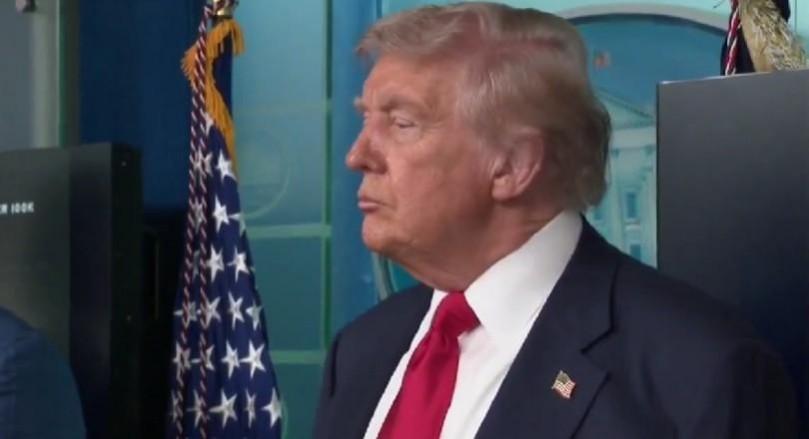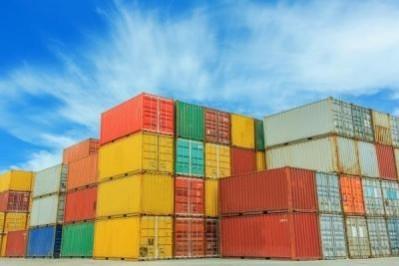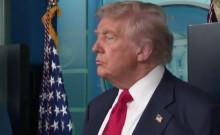
U.S. President Donald Trump's decision to double tariffs on goods from India by as much as 50% went into effect as scheduled on Wednesday. This move intensifies tensions between the two largest democracies and strategic partners in the world.
The punitive 25% tariff imposed due to India's purchases of Russian oil adds to the existing 25% tariff on many Indian products. This brings the total duties on goods such as garments, gems and jewelry, footwear, sporting goods, furniture, and chemicals to as high as 50%, placing India on par with Brazil and China in terms of tariff rates.
The increased tariffs pose a threat to thousands of small exporters and jobs, particularly in Prime Minister Narendra Modi's home state of Gujarat. While India's Commerce Ministry did not provide immediate comments, an anonymous official mentioned that exporters affected by the tariffs would receive financial assistance and be encouraged to explore other markets like China, Latin America, and the Middle East.

Shippers of Indian goods received a three-week exemption notice from the U.S. Customs and Border Protection for goods in transit before the tariff deadline. This allows these goods to enter the U.S. at the previous lower tariff rates until September 17.
However, steel, aluminum, passenger vehicles, copper, and other products subject to separate tariffs under the Section 232 national security trade law are exempt from the increased tariffs.
With failed negotiations between the two countries, the tariff escalation came as a disappointment to Indian officials who had hoped to cap the tariffs at 15%. The breakdown was attributed to political misjudgment and miscommunication, resulting in the tariffs going into effect.
The decision is estimated to impact nearly 55% of India's $87 billion in merchandise exports to the U.S., creating a competitive advantage for other countries like Vietnam, Bangladesh, and China. This move could potentially weaken India's position as an alternative manufacturing hub to China for products like smartphones and electronics.
Despite the tariff dispute, the U.S. and India expressed their commitment to enhancing their bilateral relationship and the Quad partnership, which includes Australia and Japan. The future of this partnership amidst escalating trade tensions remains uncertain, raising questions about the broader relationship between India and the U.S.











!['Call me boss, don't take my name': Tanya Mittal lashes out at Mridul as he calls her 'babu'; netizens say ' self-obessed, egotistic' [Bigg Boss 19 update]](https://data1.ibtimes.co.in/en/full/820661/call-me-boss-dont-take-my-name-tanya-mittal-lashes-out-mridul-he-calls-her-babu.jpg?w=220&h=138)





